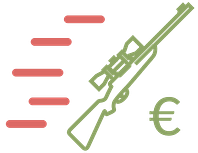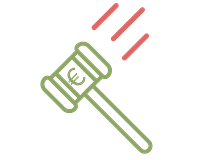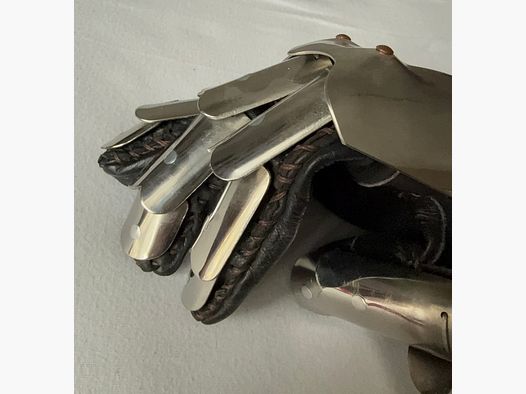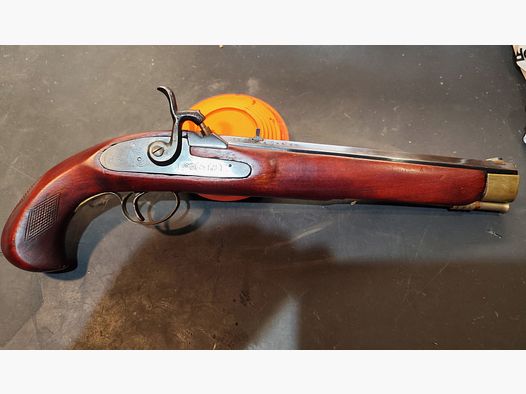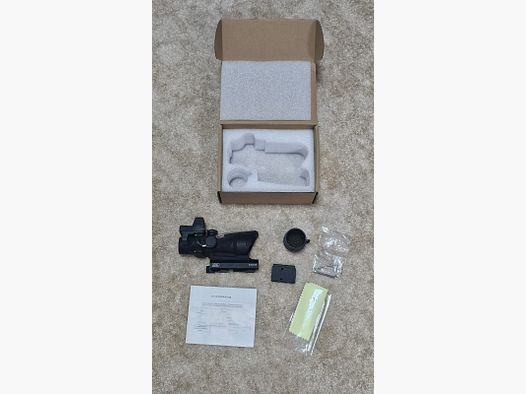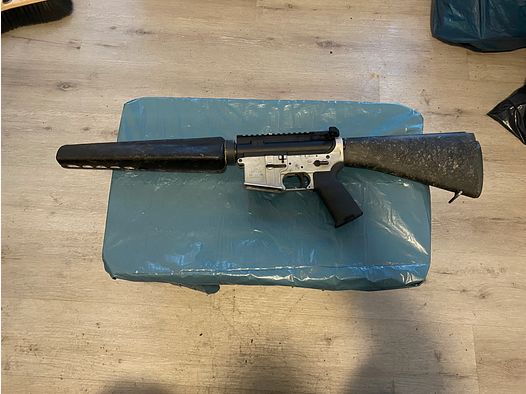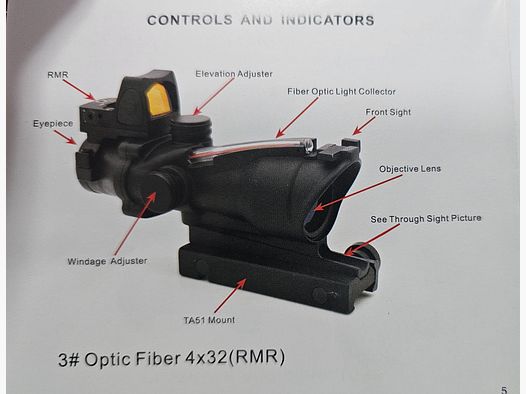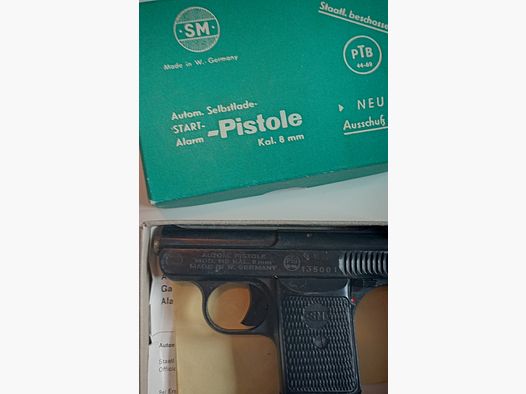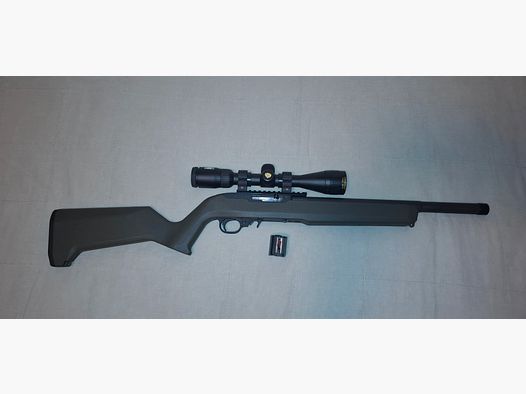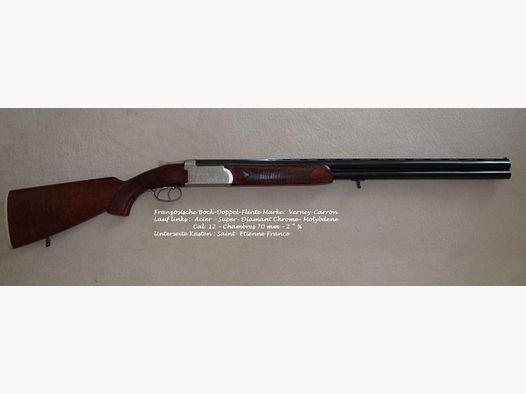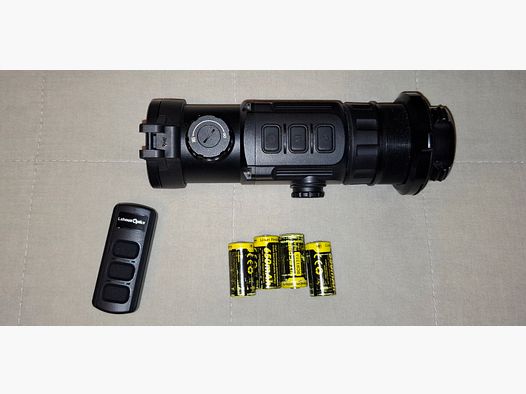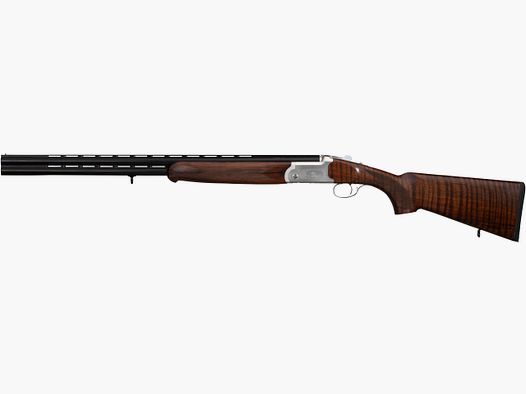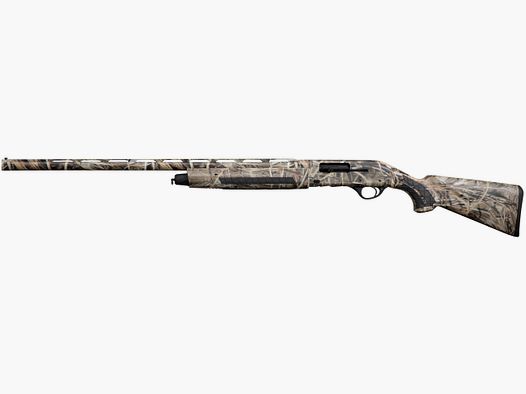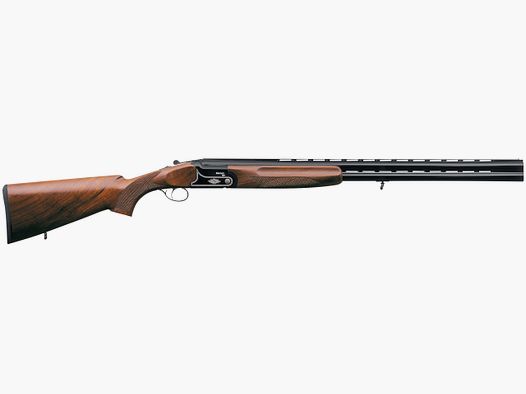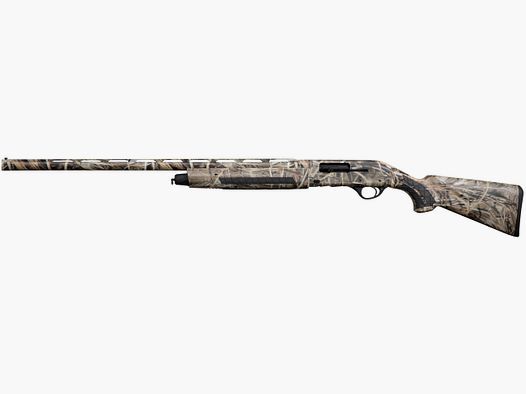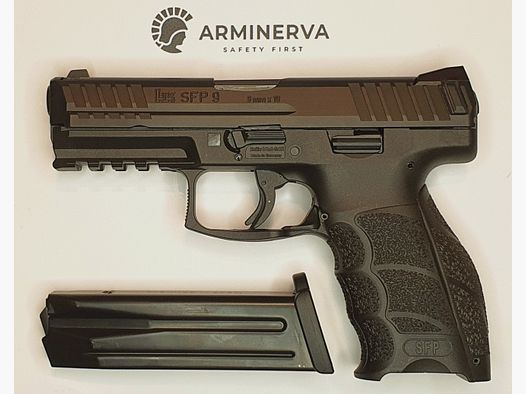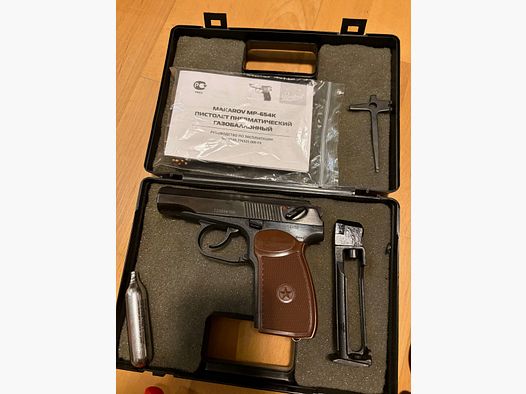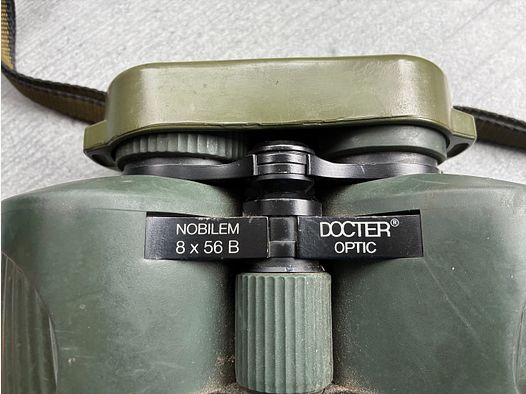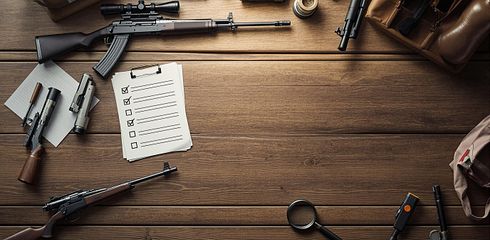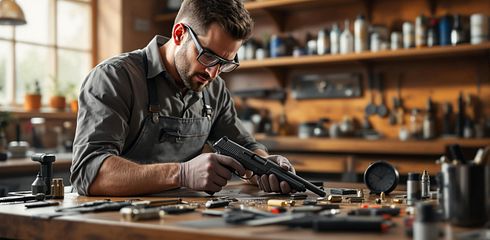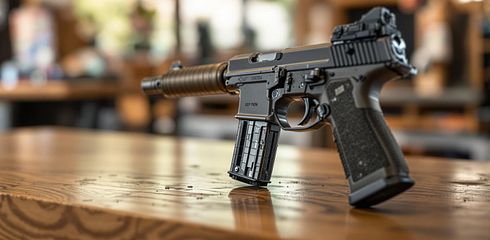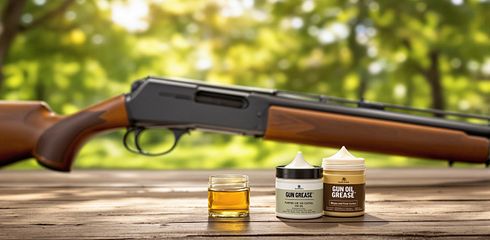For many shooting sports and hunting enthusiasts, the pistol is more than just a tool – it is a precise machine that has been crafted with care, design, and technology. However, even experienced gun owners make mistakes that can drastically shorten the lifespan and reliability of their pistols. In this article, we analyze 13 common mistakes that can irreparably damage your pistol and show you how to avoid them.
Why Proper Care and Handling is Essential
Your pistol is designed to function reliably under strict conditions, but it is not an indestructible all-rounder. Many problems arise from ignorance, negligence, or attempts to optimize things on your own. The result? A weapon that either no longer functions reliably or fails completely – and in the worst case, poses a danger to you and others.
Let’s take a detailed look at the 13 most common mistakes and find out how you can optimally protect your weapon.
1. Ignoring Malfunctions
Malfunctions such as "stovepipes" (casings getting stuck in the ejection port) or weak ignitions are warning signs from your pistol. Ignoring these and continuing to shoot exacerbates the problems. Minor malfunctions can lead to serious damage to parts like the extractor or feed ramp. It is particularly dangerous if a so-called "squib load" (a bullet gets stuck in the barrel due to a failure to fire) is overlooked – another shot can destroy the barrel or injure you.
Solution: Stop immediately if your pistol shows a malfunction. Investigate the cause, fix the problem, and check functionality before continuing.
2. Self-Performed Modifications
Many gun owners want to improve their pistol through modifications, such as lighter triggers or polished mechanical parts. However, DIY modifications without a solid understanding often lead to malfunctions and safety risks. Overly polished parts can destroy fit and reliability.
Solution: Leave complicated adjustments to qualified gunsmiths. They understand the mechanics behind the weapon and can ensure that changes are made correctly.
3. Neglected Maintenance of Wear Parts
Parts like recoil springs or magazine springs are subject to natural wear and need to be replaced regularly. However, many shooters overlook the importance of these small but crucial components. A fatigued recoil spring can impair the function of the entire weapon, while worn magazine springs can lead to feeding failures.
Solution: Create a maintenance schedule and replace wear parts in a timely manner. Replacement parts like springs are inexpensive but can prevent costly repairs.
4. Incorrect Dry Firing
Dry firing is an excellent method to improve shooting technique, but repeatedly striking an empty chamber can damage the firing pin or chamber – especially in rimfire firearms. Here, the firing pin strikes the metal of the chamber instead of the casing.
Solution: Use special dummy cartridges (snap caps) that absorb the impact and protect the weapon.
5. Incorrect Grip Technique ("Limp Wristing")
A loose or unstable grip causes the recoil energy to not be utilized effectively. This can lead to the slide not fully cycling, causing malfunctions like "stovepipes," especially with lightweight polymer pistols.
Solution: Practice a stable grip with firm wrists and slightly forward-leaning elbows. Grip training can also help improve your technique.
6. Manually Operating the Slide
Many shooters think they are being cautious when they slowly push the slide forward by hand instead of letting it snap into place. However, this hinders the proper feeding of the cartridge and can cause the barrel to go out of battery.
Solution: Pull the slide fully back and let it snap forward under full spring force.
7. Using Inferior Magazines
Defective or cheap aftermarket magazines are a primary cause of feeding failures. Broken feed lips or weak springs degrade feeding and cause malfunctions. Dirty magazines can also impair operation.
Solution: Always use high-quality magazines – preferably from the original manufacturer – and keep them clean.
8. Incorrect Disassembly and Reassembly
Many shooters damage their pistols through improper disassembly or reassembly. Missing or incorrectly installed parts can significantly impair function. It is particularly dangerous when spring parts are bent or incorrectly installed.
Solution: Read your weapon's manual carefully. Only disassemble the pistol if you know exactly what you are doing, and always use the right tools.
9. Excessive or Incorrect Cleaning
Some shooters scrub their weapon so intensely that they damage precisely machined surfaces. Aggressive cleaning agents or unsuitable brushes can destroy polymer parts and coatings.
Solution: Use only cleaning agents and tools suitable for firearms. A basic cleaning process is often sufficient to ensure functionality.
10. Too Little or Too Much Lubrication
Firearms require balanced lubrication. Too little oil increases friction and wear, while too much oil collects dust and dirt, hindering the mechanics.
Solution: Apply only a small amount of high-quality gun oil to contact points, such as the guide rails and the slide.
11. Dirty or Humid Storage
Accumulations of dirt and moisture can lead to corrosion and malfunctions. Some shooters do not clean their weapon after shooting, causing long-term damage.
Solution: Clean your weapon after each use and store it in a dry environment.
12. Not Checking for Obstructed Barrels
An obstructed barrel – whether due to dirt, oil, or a stuck cartridge – is extremely dangerous. A shot can cause pressure to build up, which can rupture the barrel.
Solution: Regularly check the barrel, especially after drops or if a shot sounds unusual.
13. Incorrect or Inferior Ammunition
Using ammunition of the wrong caliber or inferior reloads can significantly damage the pistol and create safety risks. Steel-cased ammunition also accelerates wear.
Solution: Only use high-quality ammunition of the correct caliber and rely on trusted brands.
Key Takeaways
- Maintenance is Crucial: Regularly replace wear parts like recoil and magazine springs.
- Avoid DIY Experiments: Leave modifications to experienced gunsmiths.
- Clean Properly, But Not Excessively: Use only suitable products and tools.
- Use High-Quality Magazines and Ammunition: Inferior products lead to malfunctions and damage.
- Regularly Check Barrel and Mechanics: Especially after unusual malfunctions or drops.
- Lubricate in Moderation: Use neither too much nor too little oil.
With these tips, you can ensure that your pistol remains reliable and durable. Remember that your handling, care, and knowledge about your weapon are crucial to keeping it in optimal condition. Safety and precision go hand in hand – so always treat your pistol with the necessary care and respect.
Stay safe and shoot smart!
Source: "13 Rookie Mistakes That Can Ruin Your Pistol – And How to Avoid Them" - Beam Firearms, YouTube, Jan 1, 1970 - https://www.youtube.com/watch?v=NVjcs31d5SU
Use: Embedded for reference. Brief quotes used for commentary/review.
